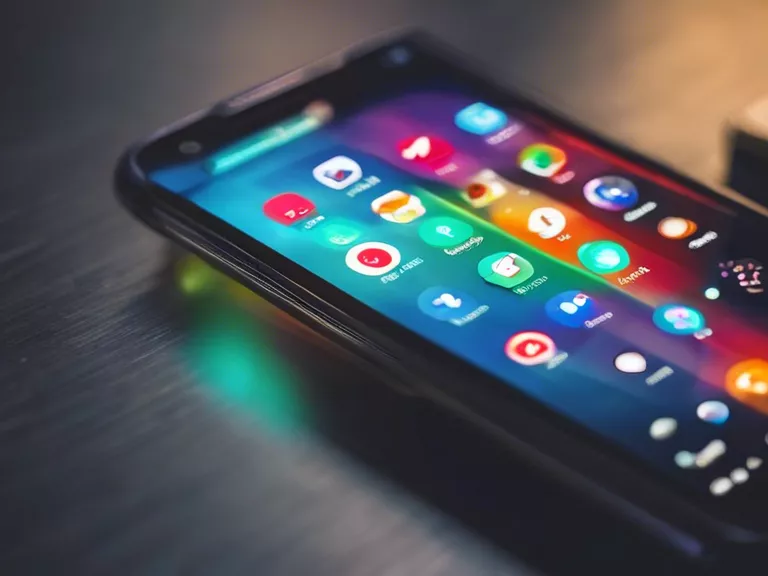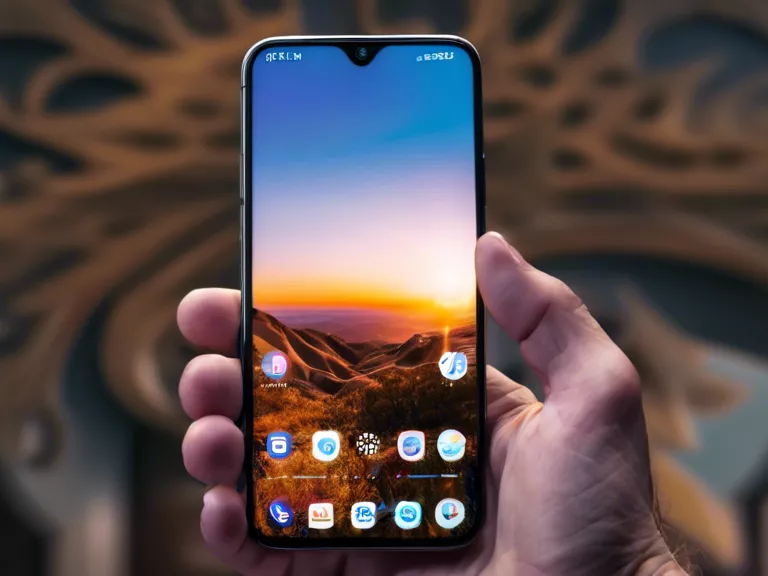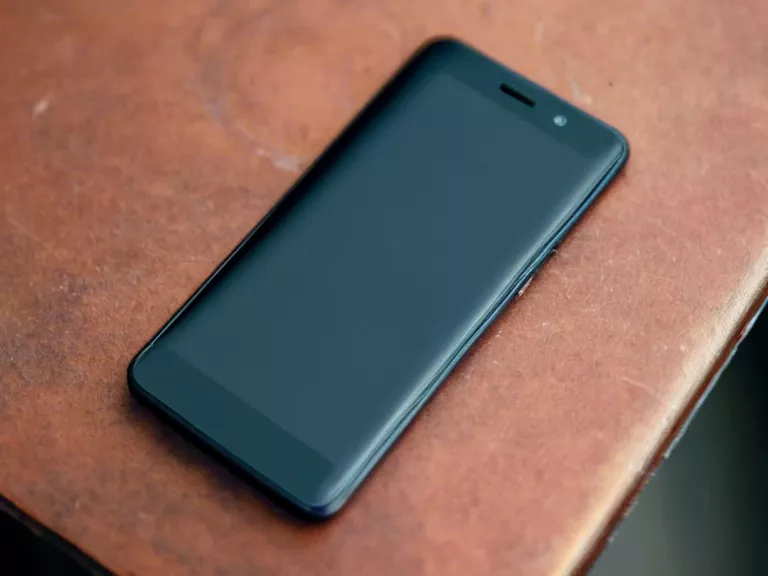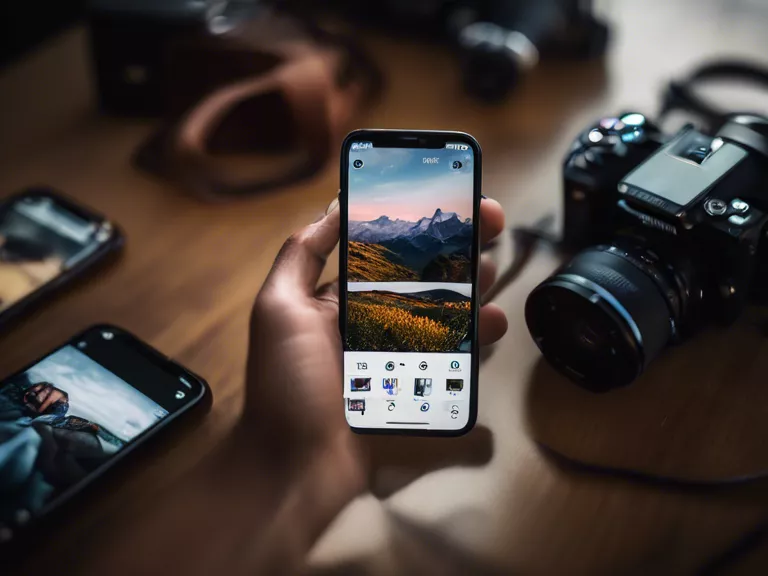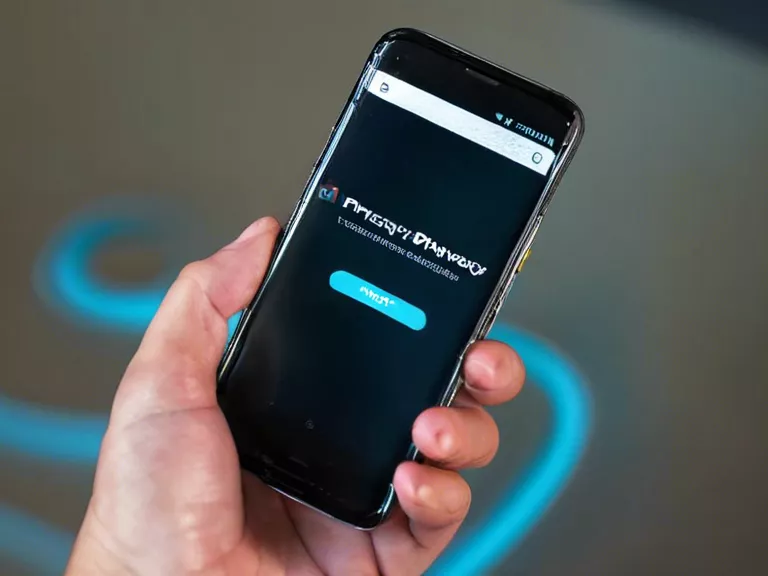
With the increasing concerns about privacy and data protection, it's essential to optimize your smartphone settings to ensure your information stays safe and secure. By making a few simple changes to your device, you can enhance your privacy and protect your personal data from potential threats. Here are some tips on how to optimize your smartphone settings for privacy and data protection.
Update your software regularly: Keeping your smartphone's operating system up to date is crucial for security. Software updates often include patches for vulnerabilities that could be exploited by hackers, so make sure to install updates as soon as they are available.
Enable two-factor authentication: Adding an extra layer of security to your accounts can help prevent unauthorized access to your data. Enable two-factor authentication on your important apps and accounts to ensure that only you can access them.
Review app permissions: Take a look at the permissions granted to each app on your smartphone and revoke any permissions that aren't necessary for the app to function. Limiting the data that apps can access can help protect your privacy.
Use a VPN: A virtual private network (VPN) can encrypt your internet connection and provide an extra layer of security when browsing on public Wi-Fi networks. Consider using a VPN to protect your data from potential eavesdroppers.
Regularly delete old apps and data: Unused apps and old data on your smartphone can pose a security risk. Delete any apps that you no longer use and regularly clear out old files and photos to reduce the amount of personal information stored on your device.
By following these tips and adjusting your smartphone settings, you can help protect your privacy and data from potential threats. Stay informed about the latest security practices and take proactive steps to keep your information safe.
